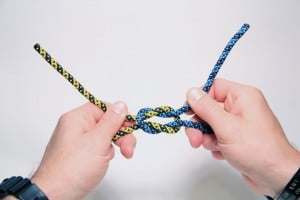
Continuing with our weekly series on knots we wanted to first pass along some information. Knot tying is an invaluable and perishable skill set that must be practiced over and over again. You should be able to tie knots in the dark and under all types of conditions. When you get good at that, sink to the bottom of a pool and try it there, just have a buddy watching… If you drown, you won’t be able to read all the valuable information we have here!
Seriously though… when you’re at your worst, knowing how to tie knots could save your life. Know how to UNTIE them too, because what’s the point of a knot if you can’t get it out?
Square Knot »
(Strength: 2/Security: 2/Stability: 1/Difficulty: 1)
Please refer to our Knot of the Week introduction post for a description of what these ratings mean.
The Square Knot, or the Reef Knot as it’s sometimes referred to, is probably the best known knot. It’s primarily used to join two lines of similar thickness, however, it’s NOT reliable for ropes of different thicknesses. Never use the Square Knot in a critical situation where lives are at risk!
“There have probably been more lives lost as a result of using a square knot as a bend (tying two ropes together) than from the failure of any other half dozen knots combined.”
— Clifford Ashley, 258 Ashley Book of Knots
A Square Knot will slip if not under tension and WILL slip when tied with Nylon rope. Nylon rope has been used in maritime applications for almost a century, here’s a good article on the endurance of Nylon rope.
Uses:
- Used in first aid to tie bandages, as it lies flat
- One of the most common knots in surgery
- Used in demolition charges to splice det cord
- Tie boot laces to prevent boots getting pulled off by mud
The Square Knot is typically tied wrong, which is a granny knot and can slip under a heavy load, so pay particular attention to the first few steps below.
Instructions:
Start by remembering this “right over left, left over right”… got that? Now take one line in your right hand, and one in your left and lay the right over the left.
- Pass the right end over the left end and back under the left
- Pass the left end over the right end and back under the right
- Check the knot (the two loops should slide on each other, if not you have a granny knot)
- Tighten by bulling both strands on each side of the knot
- Backup the square knot by making an overhand knot using the working end of each side of your knot
Backing up a knot is important with a knot like the Square Knot, which can slip if not under constant tension.
View the gallery below and follow along with the steps above!
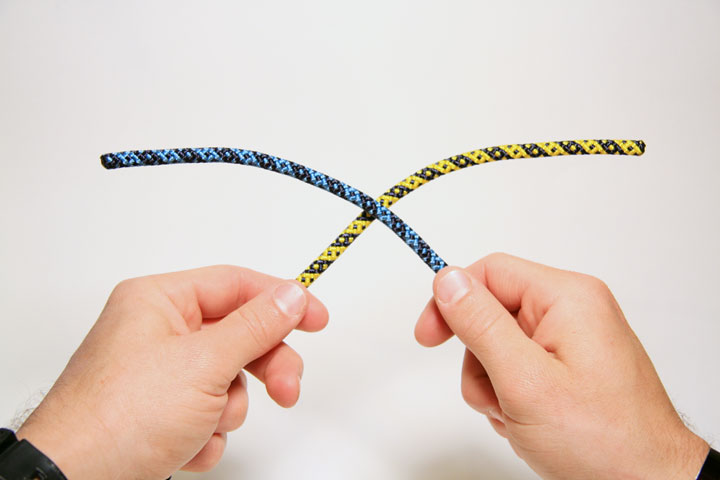
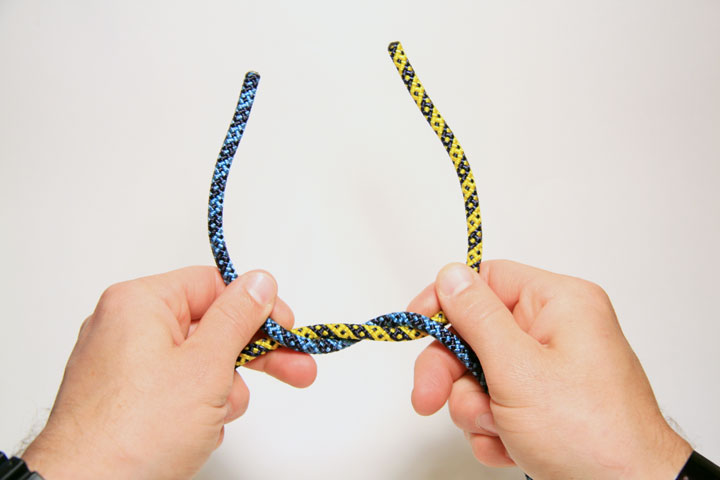
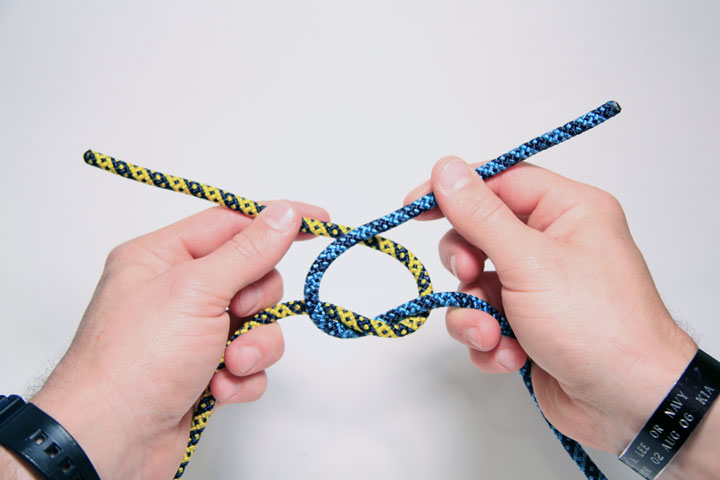
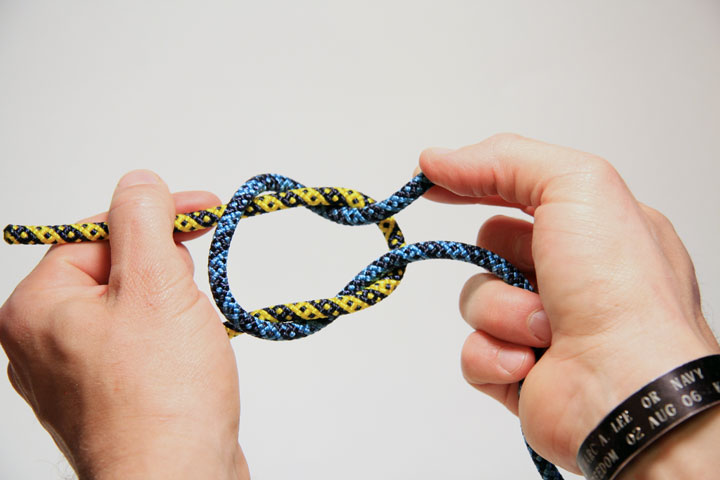
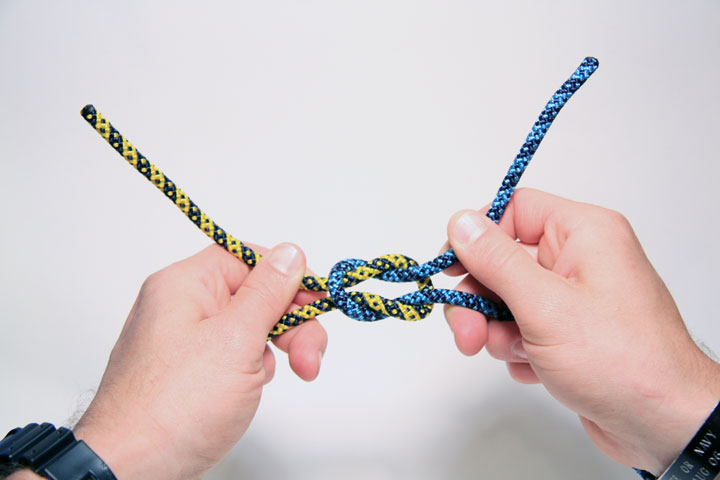
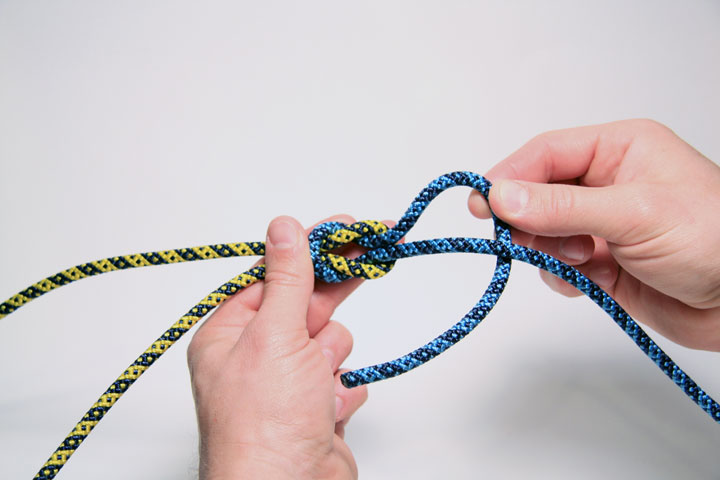
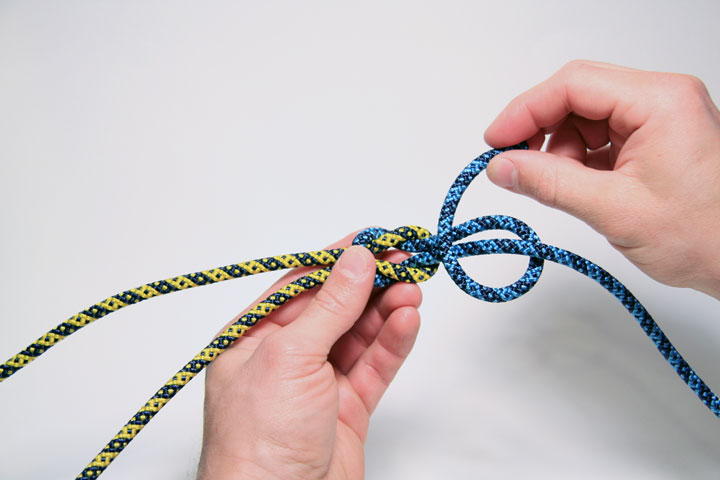
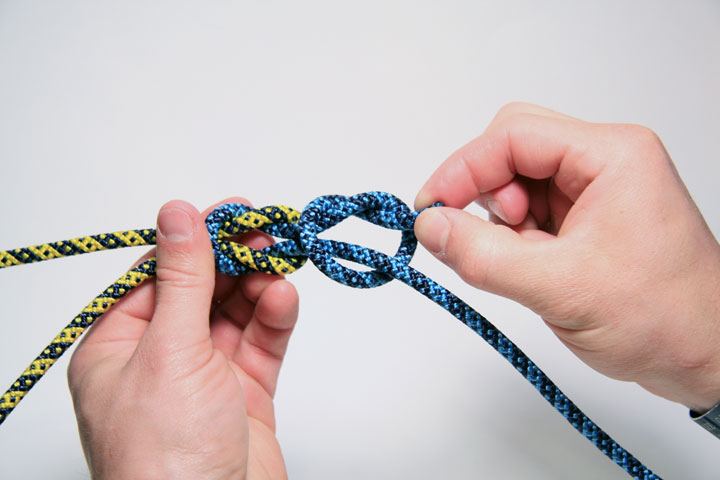
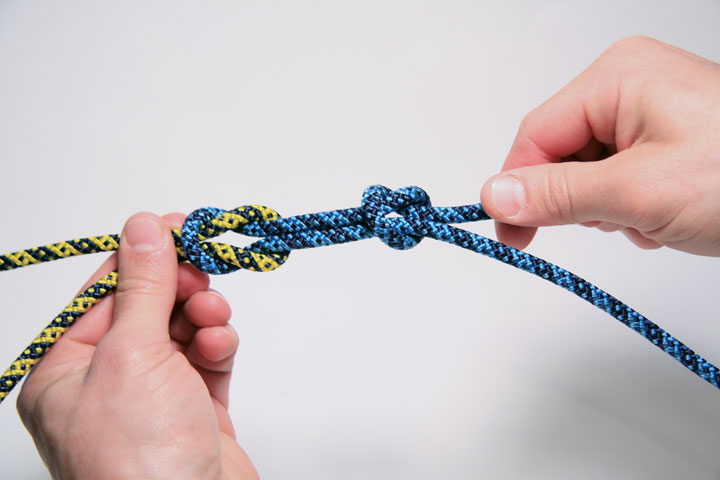
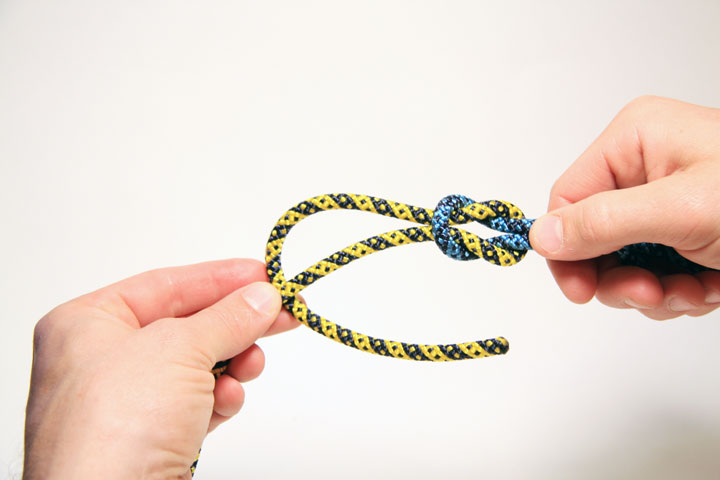
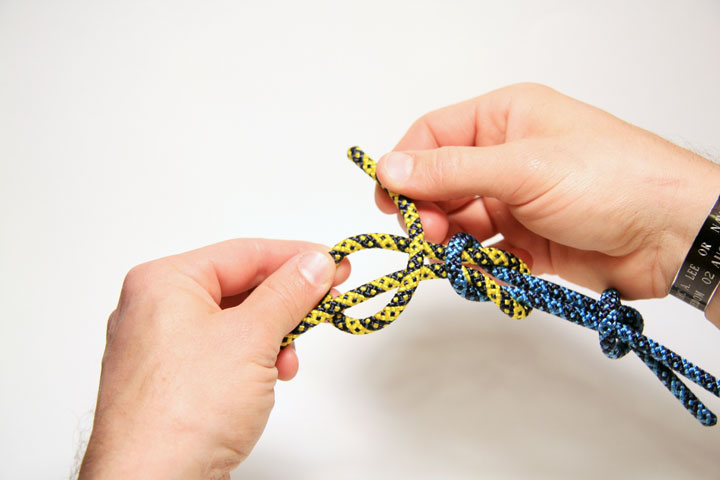
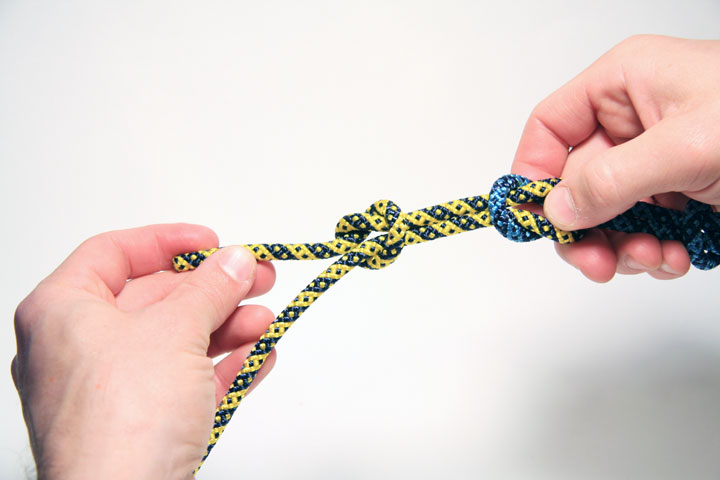
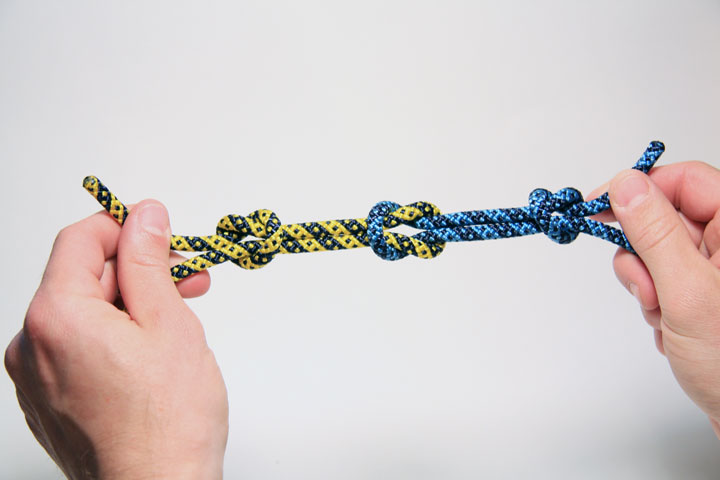
Check back next week as we continue our “Knot of the Week” series with the Thief Knot!






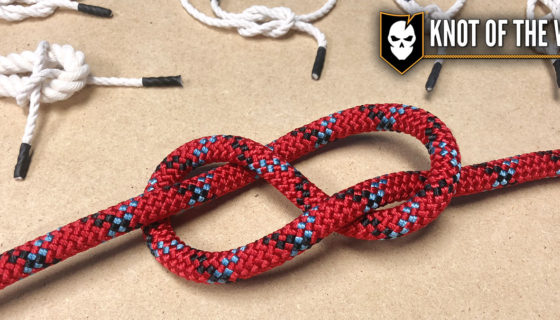

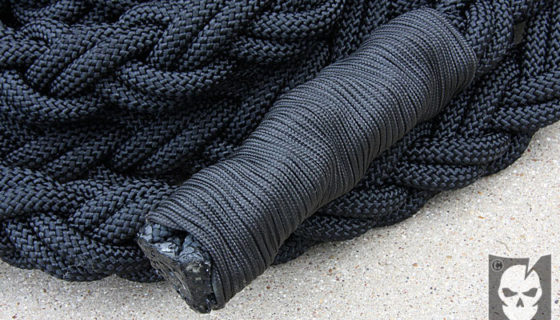
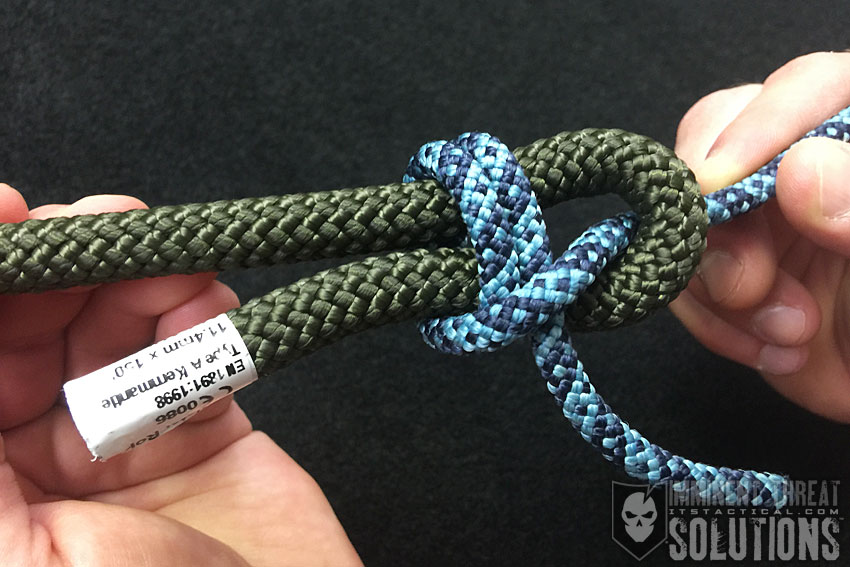

Discussion